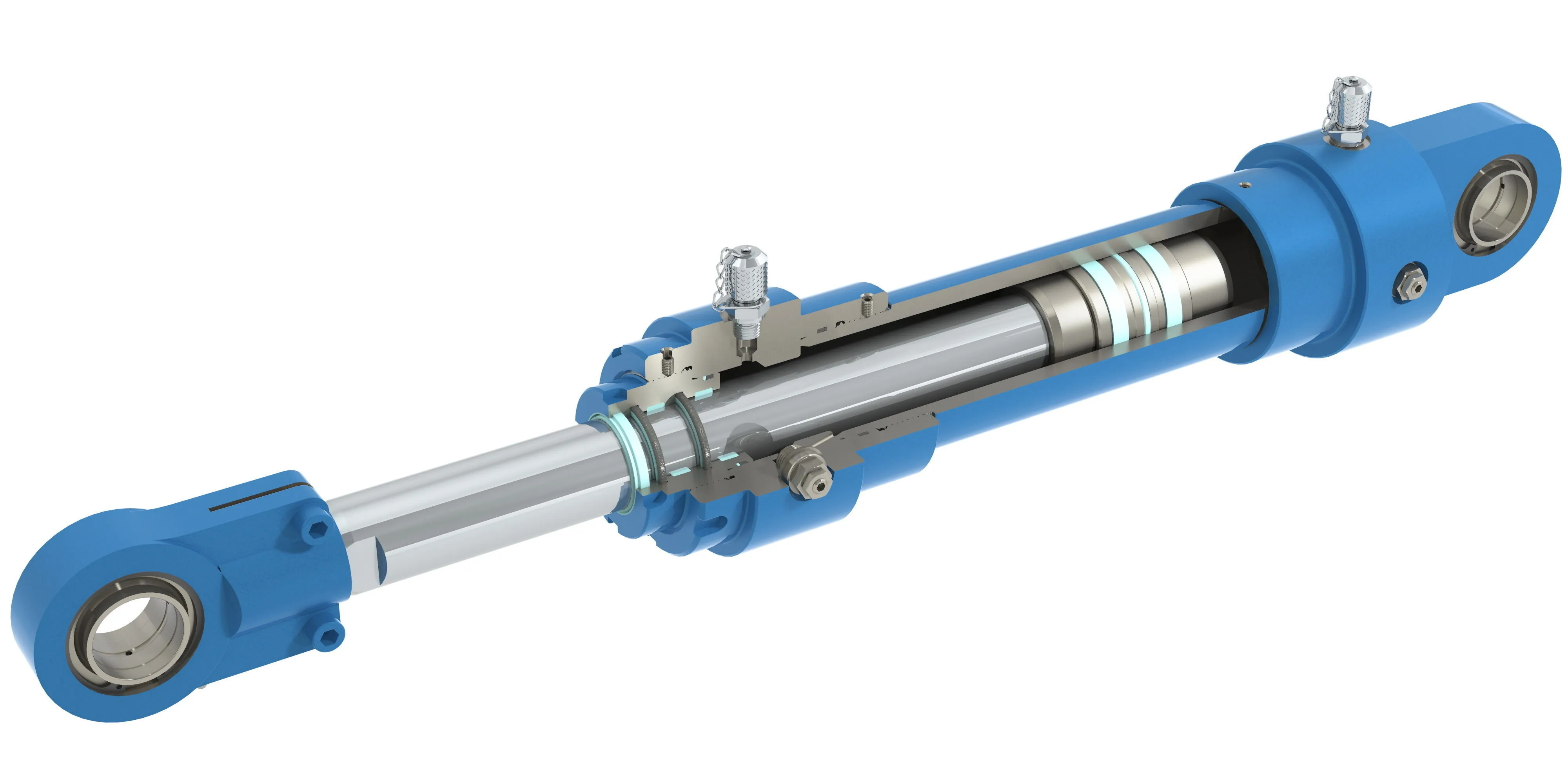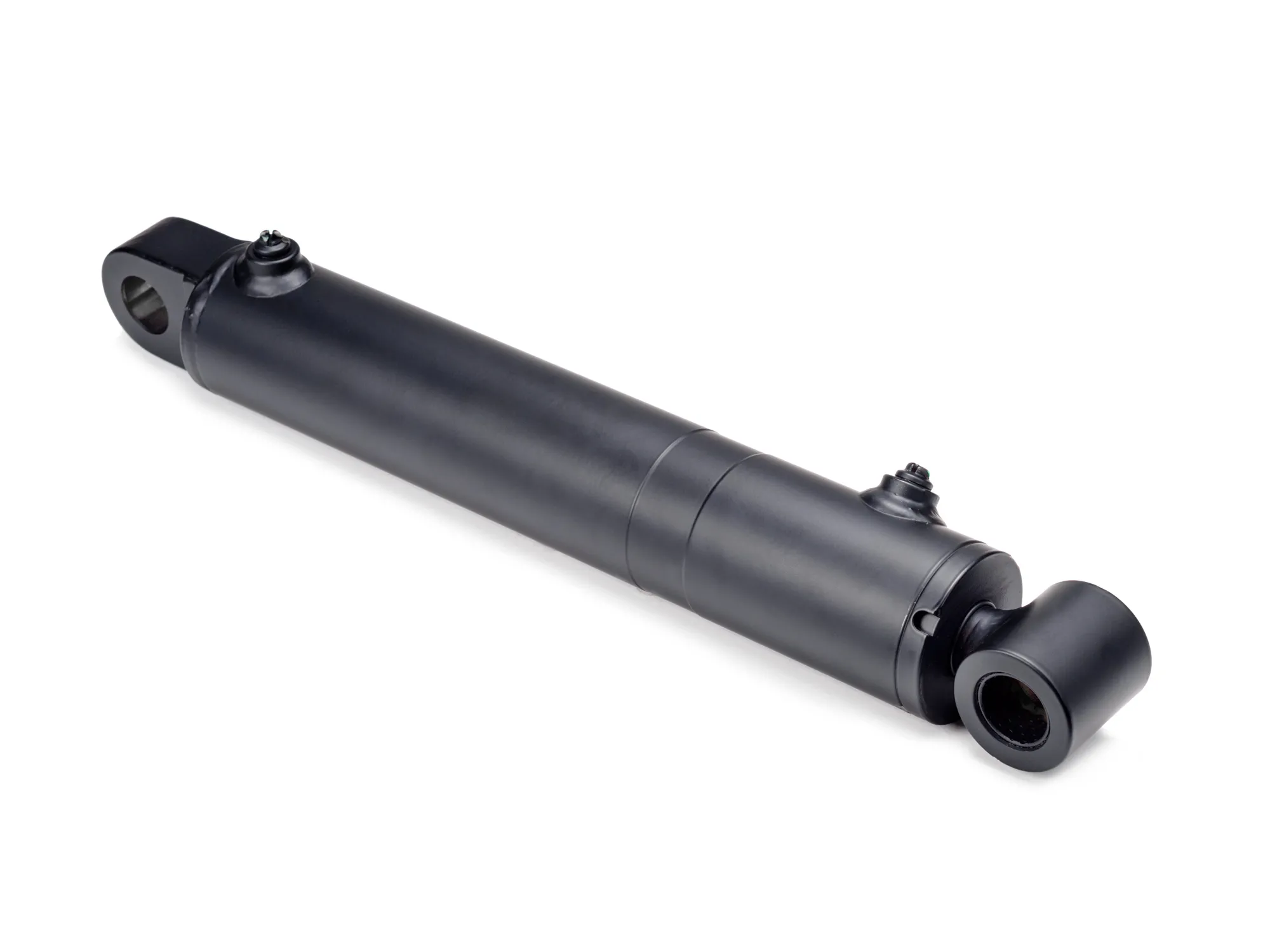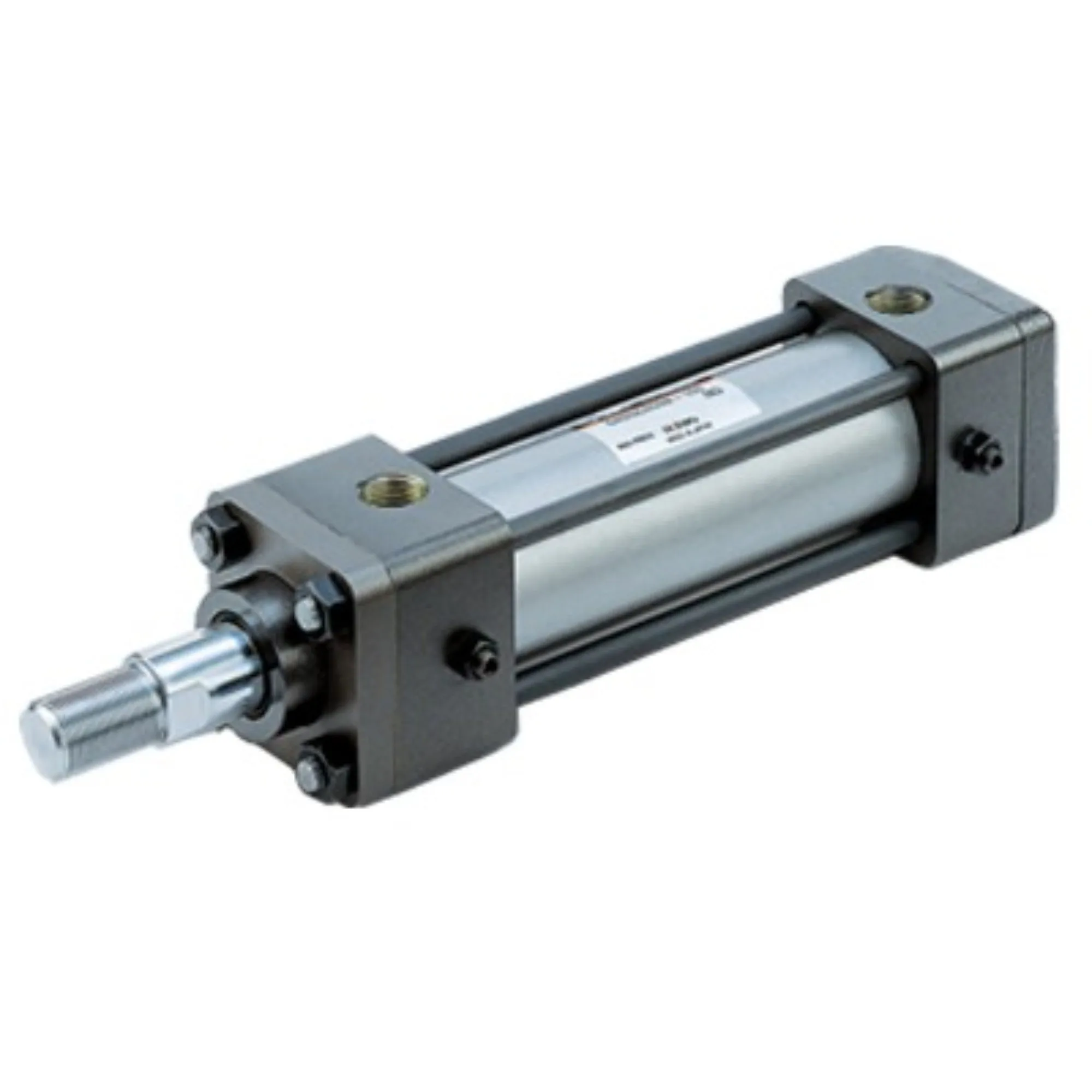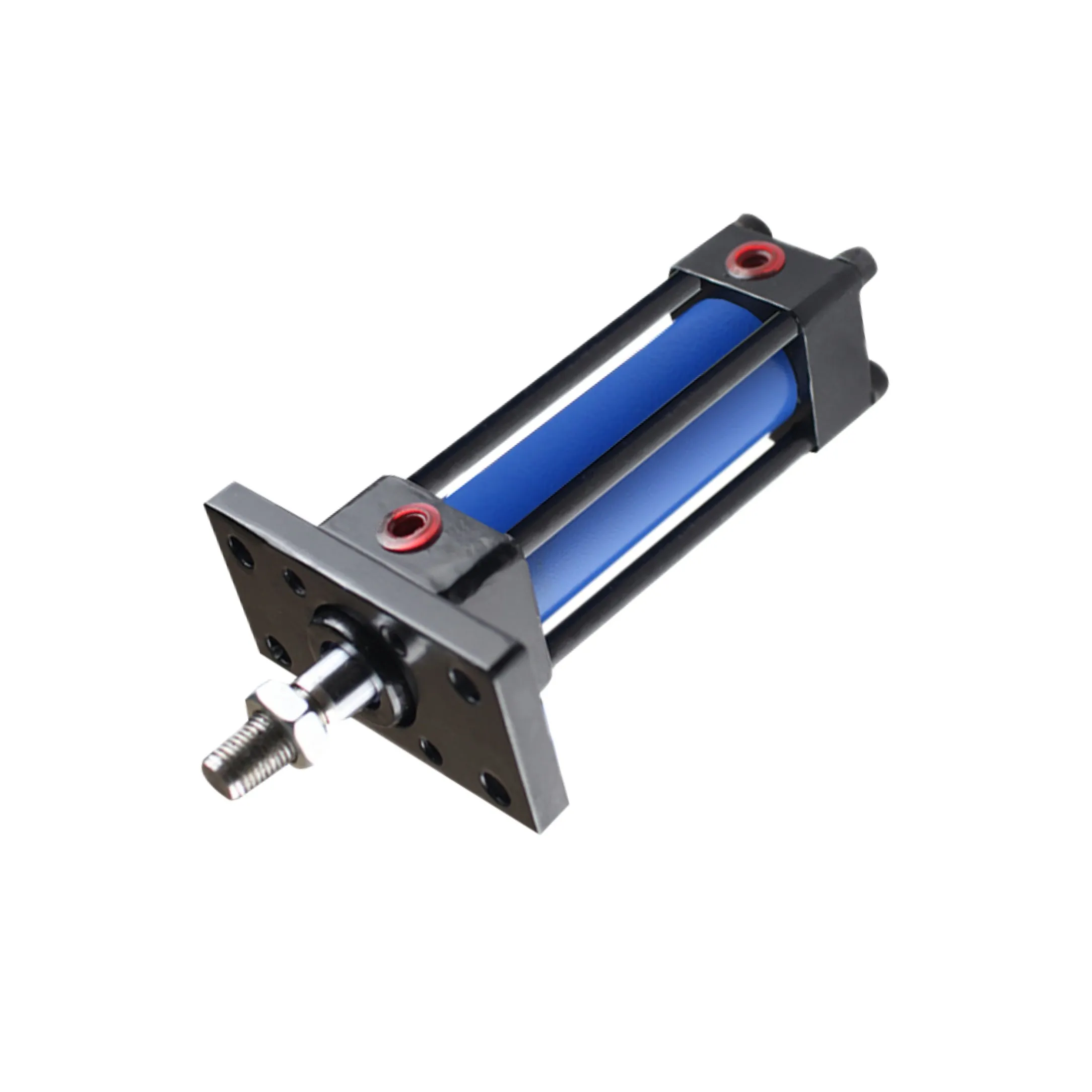The Ultimate Guide to Locking Single-Acting Hydraulic Cylinder For Civil Engineering Projects
Introduction to Locking Single-Acting Hydraulic Cylinder
The locking single-acting hydraulic cylinder is an essential component in civil engineering projects, designed to operate under hydraulic pressure in one direction and featuring a locking function to prevent movement in the absence of pressure.
Design and Construction Characteristics
The design of the locking single-acting hydraulic cylinder is distinguished by its locking mechanism, which ensures safety by keeping the piston in a secure position when hydraulic pressure is lost. This mechanism can be mechanical or hydraulic, offering customized options for specific applications.
- Locking Mechanism – Safety: The primary feature of the locking single-acting hydraulic cylinder is its safety locking mechanism, which prevents accidental retractions and maintains stability under load.
- Variety: The design can be tailored to suit different needs, utilizing spring-loaded devices, pin locks, or other mechanical locking mechanisms.
- Compact Structure – Space Optimization: These cylinders are compactly designed for efficiency in limited spaces, making them suitable for various equipment and machinery.

Precision Manufacturing
High-precision machining and strict quality control are crucial in the production of locking single-acting hydraulic cylinders to ensure optimal performance and reliability. Components undergo rigorous testing to guarantee quality.
Assembly Process
Specialized assembly by skilled technicians is necessary to ensure proper installation and calibration of individual components. Pressure testing post-assembly confirms performance and tightness.

Working Principle
The locking single-acting hydraulic cylinder functions by using hydraulic pressure to extend the cylinder and push the piston outward. The locking mechanism holds the piston in place to prevent retraction, ensuring safety even in the absence of pressure.
Types and Configurations
There are three main types of locking single-acting hydraulic cylinders, each with unique configurations tailored for specific applications. These configurations offer versatility in civil engineering projects.
Benefits
- Enhanced Security: The locking feature reduces the risk of accidents, enhancing operator safety.
- Reliability: These cylinders are designed to perform consistently under high loads and varying conditions.
- Simplicity: Easy operation and maintenance make them user-friendly for a wide range of applications.
Application Scenarios
Locking single-acting hydraulic cylinders find applications in construction equipment, manufacturing, transportation, and aviation industries, ensuring stability and safety in various settings.
Design Considerations
Key design considerations such as bearing capacity, sealing, durability, safety, and maintainability play a vital role in selecting the right locking single-acting hydraulic cylinder for civil engineering projects.
Sealing and Lubrication
Proper sealing using high-quality materials and regular lubrication maintenance are essential for the longevity and performance of locking single-acting hydraulic cylinders in civil engineering applications.
Preventive Maintenance
Regular inspection and maintenance measures are crucial to ensure the efficient operation and longevity of locking single-acting hydraulic cylinders in civil engineering projects.
Installation Guide
Correct installation procedures are outlined to guarantee the optimal performance and safety of locking single-acting hydraulic cylinders in civil engineering applications.
Maintenance Tasks
Common maintenance tasks including inspection, lubrication, seal replacement, and calibration are essential to prolong the service life and efficiency of locking single-acting hydraulic cylinders.
Safety Considerations
Emphasizing safety measures and addressing environmental factors are vital to ensure the safe and effective use of locking single-acting hydraulic cylinders in civil engineering projects.
Fault Diagnosis and Common Problems
Identifying common issues and providing troubleshooting solutions help in maintaining the optimal performance of locking single-acting hydraulic cylinders in civil engineering applications.
Unit Power
The unit power of locking single-acting hydraulic cylinders is influenced by factors such as cylinder diameter, stroke, operating pressure, piston speed, and load conditions, all of which impact their performance in civil engineering projects.
Optimizing Power Unit
Optimizing the power unit of locking single-acting hydraulic cylinders can lead to improved efficiency, energy savings, and enhanced reliability, benefiting the performance of civil engineering projects.
FAQs
- How does the locking mechanism work? The locking mechanism secures the piston in place to prevent retraction.
- What are the main components? The main components include the piston, cylinder, and locking mechanism.
- Advantages over standard cylinders? Locking cylinders offer enhanced safety and stability.

Long-Tail Keywords
Three long-tail keywords for locking single-acting hydraulic cylinders are detailed to enhance understanding and search relevance in civil engineering projects.
Our Company

We are a renowned hydraulic cylinder replacement manufacturer, providing a comprehensive product line and exceptional services to meet the diverse needs of civil engineering projects. With international certifications, customized solutions, advanced production equipment, and top-notch after-sales support, we have established ourselves as a leading provider in the domestic and global markets.
